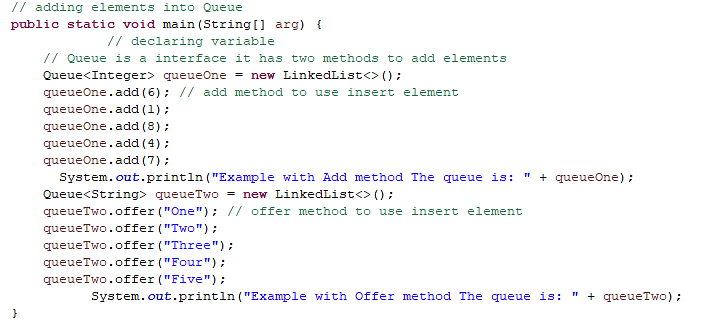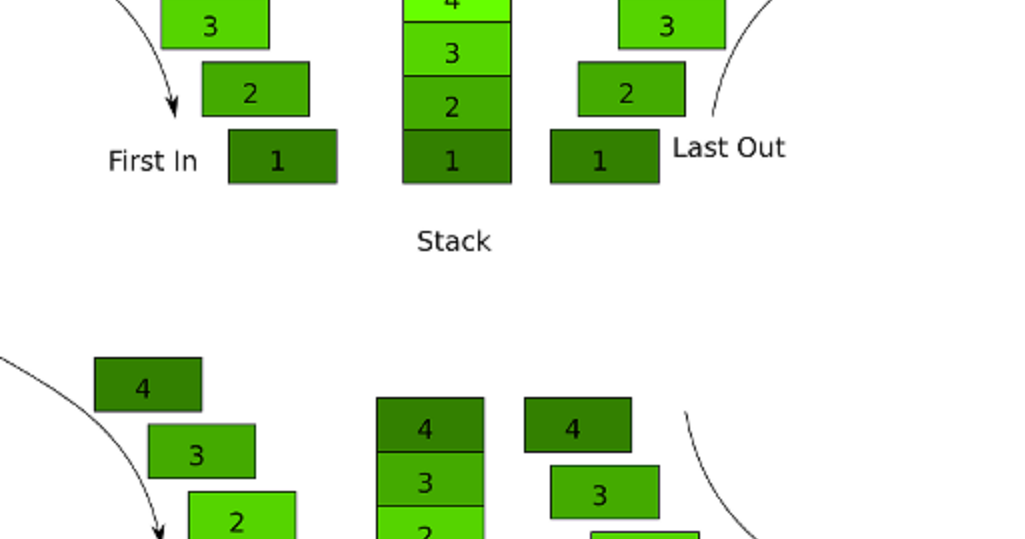

But if you need to avoid garbage collections it is worth a look. The LMAX Disruptor does not implement the Queue interface so switching implementations is harder. Instead of creating a new event you use one of the already created events. Here you use an array pre-initialized with events. This idea is implemented by the LMAX Disruptor. If we use a bounded queue backed by an array we can reuse the events after they were consumed.

So you can switch implementations to see if those queues improve the performance in your application. Here is an example for creating a multi-producer, single-consumer queue using the JCTools factory:ĬoncurrentQueueSpec.createBoundedMpsc(10)) Īgain all those queue implementations implement the Queue interface. JCTools provides an implementation for each combination.

When only one thread writes to the queue we can avoid the expensive lock or compare and swap operations for writing. Single consumer and single producer queues. The class MpmcArrayQueue implements the Queue interface so you can switch implementations to see if this implementation improves the performance in your application. But instead of using locks it uses compare and swap operations. This queue is based on an array similar to the class. The open-source library JCTools also contains a bounded multi-consumer, multi-producer queue, the class. Queue queue = new ArrayBlockingQueue(10) īoth queues implement the same interface so you can easily switch between the implementation to see which of the queue performs better in your application. The class ArrayBlockingQueue on the other side uses an array to store the messages. But instead of using compare and swap operations it uses locks. The class LinkedBlockingQueue uses a linked list data-structure similar to the class ConcurrentLinkedQueue. The package contains two implementations for a bounded multi-consumer, multi-producer queue, the class and the class. This leads us to the second type of concurrent queue, the bounded concurrent queue. Or till the Java Heap is exhausted and we receive an OutOfMemory Exception. The problem of the unbounded queue is that if the producer side is faster than the consumer the queue grows without limit. Queue queue = new ConcurrentLinkedQueue() Here is an example for its usage offering and polling a message from the queue: I am not aware of any other implementation for an unbounded queue in Java.
#Java queue offer and poll example update#
It uses a linked list data structure and compare and swap operations to update this data structure. It is implemented through the class The implementation is based on an algorithm from Michael and Scott from 1996 described in the paper Simple, Fast, and Practical Non-Blocking and Blocking Concurrent Queue Algorithms. The queue implementation for the first communication pattern, the unbounded multi -producer multi-consumer pattern, is similar to the single-threaded linked list implementation. Let us look at those communication patterns in more detail and see which queue is optimized for which pattern. And since this communication is often performance-critical we have multiple implementations optimized for a specific communication pattern. Why are there so many implementations? For a data structure that is implemented in the single-threaded case as a linked list?Ĭoncurrent queues let two threads communicate asynchronously.

Six alone implementations in the package. An interface cannot be instantiated because it only describes what methods a class offers but does not contain implementations of those methods.There exist multiple queue implementations in Java. The following table shows the six methods again grouped by operation and type of error handling: However, if the queue is empty, this method returns null, just like poll(). Like element(), peek() also returns the head element without removing it from the queue. If the queue is empty, a NoSuchElementException is thrown. The element() method returns the element from the head of the queue without removing it from the queue. Methods for viewing the queue's head element Queue.element()


 0 kommentar(er)
0 kommentar(er)
